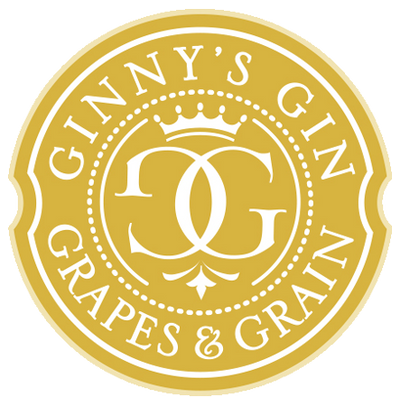In past times, each Royal Navy sailor was entitled to a tot of rum (one-eighth of an imperial pint) and officers were entitled to gin. (This practice was only abolished in 1970!)
By 1850, Plymouth Gin was supplying the Royal Navy with custom-made "Navy Strength" gin (at least 114 proof or as we know it today 57% ABV) because if standard proof gin leaked on the gunpowder it failed to ignite. (Alcohol and gunpowder were stored together under lock and key).
The gimlet was invented by a Royal Navy doctor to ward off scurvy a mixture of gin and Roses lime cordial.
At the age of 18, my first G & T was courtesy of the Royal Navy in the Officers’ Mess while on a Navy acquaint course in Plymouth.
The British colonization of India led to the introduction of Tonic Water. "Tonic water was first enjoyed in 1825 when ingenious British officers in the Indian Army improved the bitter taste of their anti-malaria medicine (Peruvian quinine extract) by mixing it with soda water, sugar and gin".
Angostura bitters, created by Dr. Siegert in 1824 (named after the town of Angostura - now Ciudad Bolivar, Venezuela) was a useful cure for seasickness and also evolved as a way to disguise the acrid taste of the tonic. It is now produced by House of Angostura in Trinidad and Tobago.
While on a 13-month tour of Africa just after college, I was introduced to my first quintessentially British drink, the Pink Gin, (Gin with a dash of bitters) by family members that emigrated there after WWII.
During Prohibition, poor quality bootleg gin was called bath tub gin because that’s exactly where it was made. During college, my college friends and I would make a homemade Gin Pimms type of cocktail in the bath tub from Gin, Rosso Vermouth, Cointreau, mint, orange, strawberries, and cucumber.

